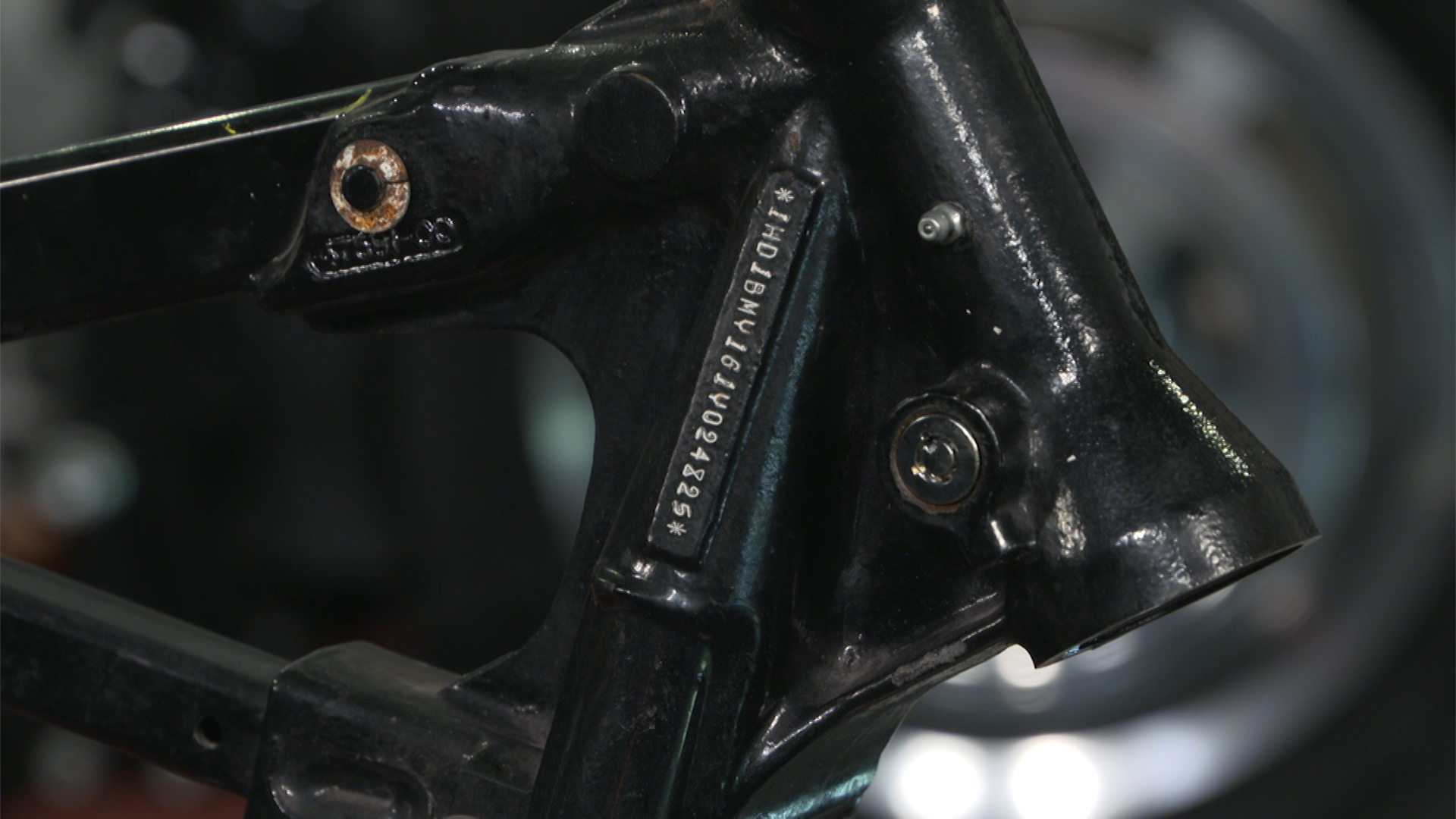
The Harley-Davidson twin in this general outline would endure for the next eight years.Ī true survivor that has sat untouched for many decades. Inside the engine, the cams were altered from two-lobe to four-lobe, making alterations to valve timing - previously achieved by reshaping the followers - that much simpler. Two important developments in the twin's evolution occurred in 1916: the most immediately obvious being the adoption of a gently curved fuel tank replacing the slab-side. Later that same year a conventional, three-speed, sliding-gear transmission with 'step starter' was introduced on the top-of-the-range twin, with full electrical equipment, listed from then on as the Model J. The Harley single's transmission arrangements – leather belt direct drive - were continued at first on the twin, but the need to make better use of the engine's power characteristics, particularly for sidecar pulling, prompted the introduction of a two-speed rear hub for 1914, mandating chain drive and a proper clutch be adopted. Known by the sobriquet 'pocket valve', this inlet-over-exhaust engine - built in 61ci (989cc) and 74ci (1213cc) capacities - would remain in production for the next 20 years. Dropped at the year's end, the twin returned for 1911 in redesigned form boasting mechanically operated inlet valves (replacing the 'atmospheric' type inherited from the single) and production really took off.


Of greater significance though, was the appearance that same year of the firm's first v-twin. A single-cylinder four-stroke displacing 25ci (400cc), the latter remained in production essentially unchanged until superseded by a 35ci cubic-inch (575cc) version in 1909.

Like many of their contemporaries, Harley-Davidson laid out their first engine along De Dion lines. Little more than a motorized bicycle, the prototype Harley-Davidson proved fragile, prompting a major redesign and the establishment of a reputation for ruggedness that endures to this day.



 0 kommentar(er)
0 kommentar(er)
